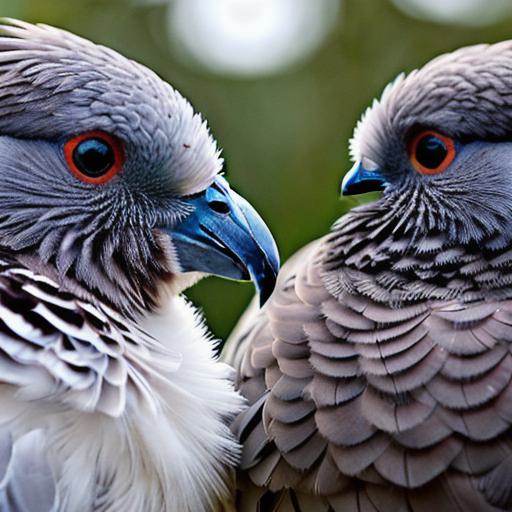Winter is a challenging time for pigeon breeders, as it can be difficult to provide the necessary care and environment for their birds. However, with careful planning and attention to detail, it is possible to successfully breed top-quality pigeons even in the coldest of months. In this guide, we will explore everything you need to know to get started on breeding top pigeons in winter.
- Understanding the Basics of Pigeon Breeding
Before diving into the specifics of breeding pigeons in winter, it is important to have a basic understanding of the process. Pigeon breeding involves selecting two birds with desirable traits and allowing them to mate and produce offspring. The quality of the offspring depends on the quality of the parents and the care and environment provided during the breeding season.
- Choosing the Right Parents
The first step in breeding pigeons is selecting the right parents. It is important to choose birds with desirable traits, such as excellent flight, strong health, and attractive coloration. Additionally, it is important to select birds that are well-suited for the winter climate, such as hardy and resilient varieties.
- Providing the Right Environment
In addition to selecting the right parents, it is essential to provide the right environment for your pigeons during the breeding season. This includes providing a safe and secure housing, ensuring that the birds have access to fresh water and food, and maintaining a consistent temperature and humidity level. It is also important to keep the birds clean and healthy by regularly checking them for signs of illness or injury.
- Winterizing Your Pigeons
Winter can be a harsh time for pigeons, so it is important to take steps to winterize them and protect them from the cold. This includes providing insulation in their housing, such as straw bales or blankets, and ensuring that they have access to warm water and food throughout the day. Additionally, it is important to provide your pigeons with a safe and secure roosting area where they can rest during the night.
- Breeding Season Schedule
The breeding season for pigeons typically begins in late spring or early summer and continues until late fall or early winter. During this time, it is important to closely monitor your birds and provide them with the necessary care and attention to ensure a successful breeding season. This includes regularly checking on their nesting habits and providing them with food and water as needed.
- Monitoring Your Pigeons During Breeding Season

During the breeding season, it is important to closely monitor your pigeons to ensure that they are healthy and happy. This includes regularly checking on their nesting habits and providing them with food and water as needed. It is also important to keep an eye out for signs of illness or injury and take action promptly if any issues arise.
-
Frequently Asked Questions (FAQs)
Q: What are the best conditions for breeding pigeons in winter?
A: The best conditions for breeding pigeons in winter include a safe and secure housing, access to fresh water and food, consistent temperature and humidity levels, and insulation.Q: How long should the breeding season last?
A: The breeding season for pigeons typically lasts from late spring or early summer until late fall or early winter.Q: What are the signs of a successful breeding season?
A: Signs of a successful breeding season include healthy and happy birds, nesting habits, and successful production of offspring.
Summary
Breeding top-quality pigeons in winter can be a challenging but rewarding experience. By carefully selecting the right parents, providing the right environment, and closely monitoring your birds during the breeding season, you can successfully breed top-quality pigeons even in the coldest of months. Remember to keep an eye out for signs of illness or injury and take action promptly if any issues arise.



